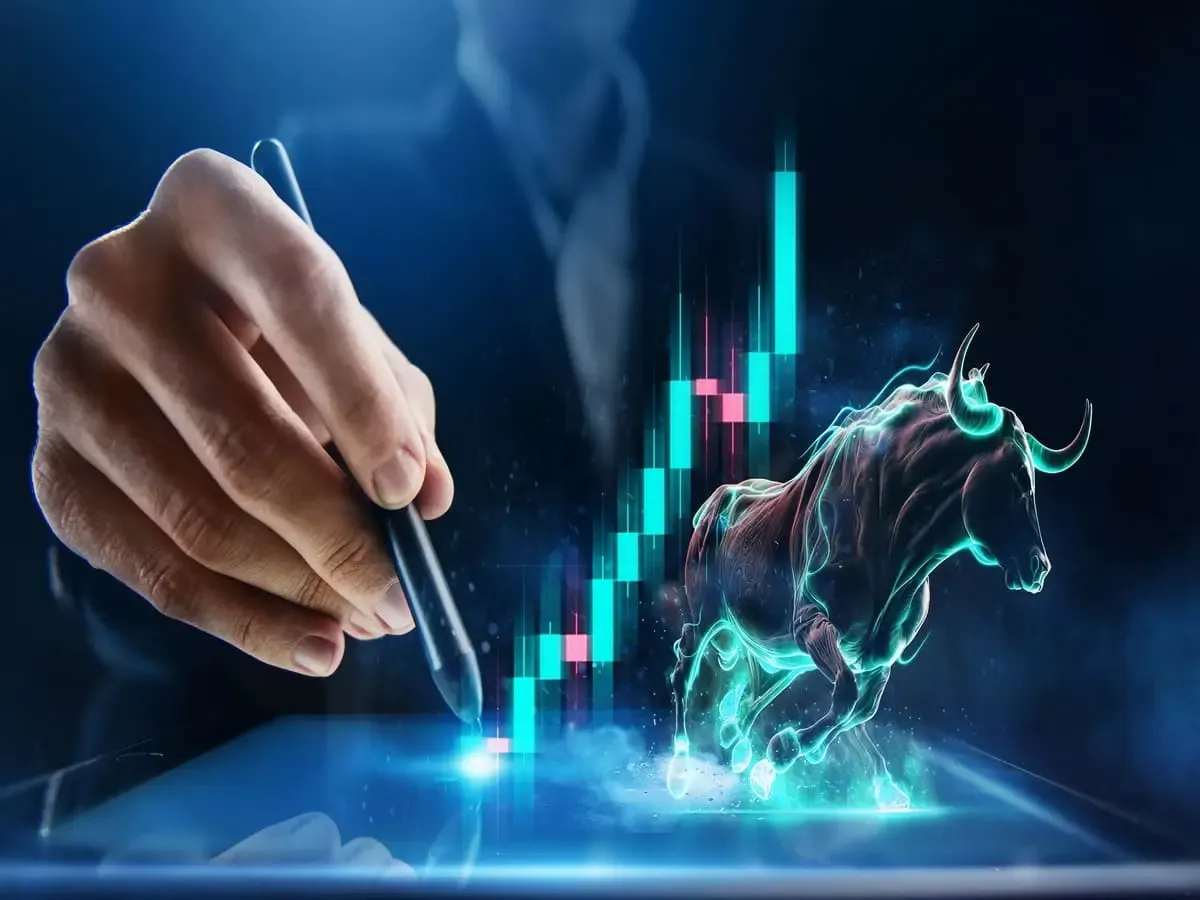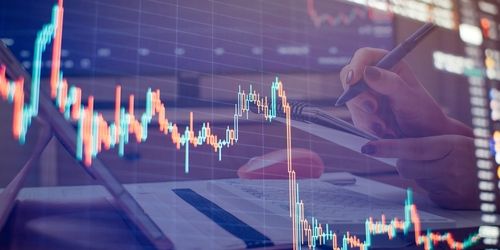Demat Account Vs Trading Account - Differences, What It Is, & Which is Better
Written by Upstox Desk
Published on August 07, 2025 | 5 min read

If you are considering investing in the stock market, you may have come across two key terms: Demat Account and Trading Account. These two terms may sound similar, but their functions and uses are completely different.
In this article, we will explain to you in simple language
- What are Demat and Trading accounts?
- What is the difference between the two?
- Which one is important for whom?
- Which is Better?
What is a Demat account?
A Demat account holds shares, bonds, mutual funds, and other investment instruments in electronic form. In the past, investors received physical share certificates when they purchased stocks. Today, however, everything has gone digital.
Think of a Demat account as your digital safe deposit box, where all your investments are securely stored. When you buy shares, they are credited directly to your Demat account. Similarly, when you sell them, the amount is debited from the same account.
Demat accounts are regulated by two government-authorized depositories — NSDL (National Securities Depository Limited) and CDSL (Central Depository Services Limited). These institutions ensure your investments are safely maintained and recorded in your name.
What is a trading account?
A trading account is the platform you use to buy and sell shares in the stock market. Whenever you place an order to purchase or sell shares, it is executed through your trading account. It is a marketplace where you carry out your transactions: placing orders, setting prices, and completing trades all happen via the trading account.
Your trading account is linked to both your bank account and your Demat account. When you buy shares, the required amount is debited from your bank account, and the shares are credited to your Demat account. Conversely, when you sell shares, they are debited from your Demat account, and the proceeds are credited to your bank account.
Main Difference Between Demat and Trading Account
Now that we know the functions of both, let’s understand the basic difference between them. A Demat account is primarily used to securely store your shares in electronic form, while a trading account is used to buy and sell shares on the market.
For example, if you purchase 100 shares of Infosys:
-
You place the buy order through your trading account.
-
The payment is debited from your bank account.
-
The purchased shares are credited to your Demat account.
In this way, the bank, trading, and Demat accounts work together to complete the transaction cycle seamlessly.
Which one is important for whom?
It depends largely on your investment style. Suppose you are a long-term investor, meaning you buy shares and hold them for years. In that case, a Demat account is more critical, as it allows you to maintain and safeguard your portfolio over the long term while making relatively few trades.
On the other hand, if you are a trader, actively buying and selling shares on a daily or weekly basis, then a trading account takes precedence, enabling you to place orders quickly, track market trends, and react promptly.
However, it’s important to note that both accounts are interdependent. For successful investing or trading, you need both working in tandem.
Process to open a Demat and Trading account
| Step | Details |
|---|---|
| Select a Broker | Choose a SEBI-registered broker like Upstox offering digital onboarding. |
| Keep Documents Ready | PAN Card Aadhaar Card Bank Account Details Passport-sized Photo Digital Signature |
| Complete Online Form | Fill in your basic details and upload the required documents on the broker’s website or app. |
| e-KYC & Verification | Complete video KYC (if required) and link Aadhaar for instant verification. |
| Sign Digitally | Use Aadhaar-linked OTP to sign forms digitally and confirm your application. |
| Account Activation | Upon verification, your Demat & Trading account is activated (usually within 24–48 working hours). |
Fees and expenses
Demat accounts usually charge an annual maintenance fee (AMC), which can range from ₹300 to ₹800. On the other hand, in a trading account, you have to pay brokerage fees every time you buy or sell. This amount varies according to the broker.
Upstox offers a free account with AMC waived off for the first year.
Which is better?
Both Demat and Trading accounts play different roles in the investment process. No single account is complete in itself. Both are required for proper investment or trading.
If you are a beginner, choose a broker that offers a 2-in-1 or 3-in-1 facility to simplify the process.
Summing Up
Understanding the roles of a Demat account and a trading account is essential for anyone looking to invest in the stock market. While a Demat account keeps your investments safe in digital form, a trading account gives you the platform to actively buy and sell securities. Neither can function effectively without the other; both work together to complete your investment journey. Whether you’re a long-term investor or an active trader, having both accounts is crucial.
FAQs
Are both accounts mandatory?
Yes, if you want to invest or trade in the stock market, you will need to have both accounts. With only a Demat account, you can hold shares but cannot buy or sell. And with only a trading account, you can place orders but cannot store shares.
Can I open only a Demat account?
Yes, but both accounts are required for trading.
Is there any annual fee?
Yes, AMC of ₹300–₹800 may be charged on the Demat account.
What documents are required?
PAN, Aadhaar, bank details, photo and signature.
Which broker is better?
Full-service broker for those who need investment advice, or a discount broker for lower fees.
About Author
Upstox Desk
Upstox Desk
Team of expert writers dedicated to providing insightful and comprehensive coverage on stock markets, economic trends, commodities, business developments, and personal finance. With a passion for delivering valuable information, the team strives to keep readers informed about the latest trends and developments in the financial world.
Read more from UpstoxUpstox is a leading Indian financial services company that offers online trading and investment services in stocks, commodities, currencies, mutual funds, and more. Founded in 2009 and headquartered in Mumbai, Upstox is backed by prominent investors including Ratan Tata, Tiger Global, and Kalaari Capital. It operates under RKSV Securities and is registered with SEBI, NSE, BSE, and other regulatory bodies, ensuring secure and compliant trading experiences.




















